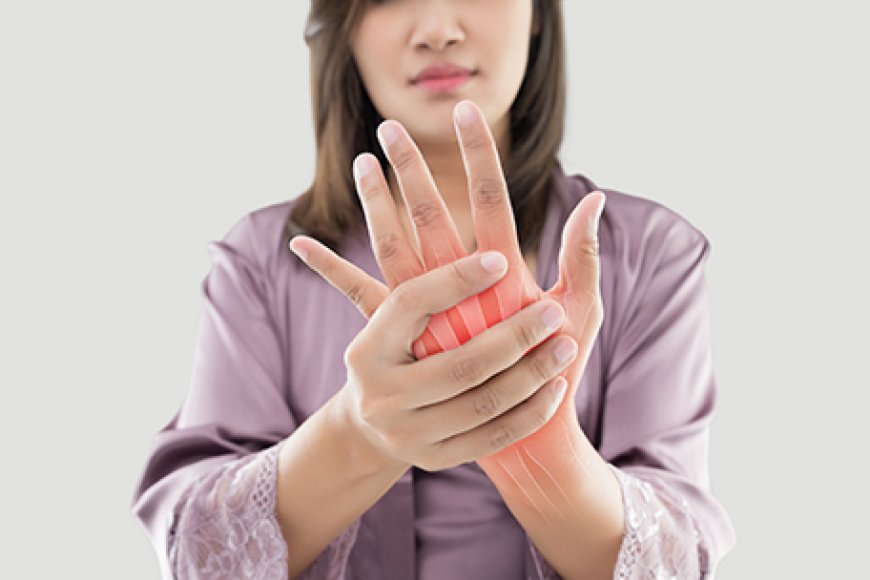Psoriatic Arthritis
Psoriatic Arthritis is a debilitating form of arthritis affecting an estimated 30 percent of people with psoriasis.

Psoriatic Arthritis is a debilitating form of arthritis affecting an estimated 30 percent of people with psoriasis.
It is an autoimmune illness, meaning the body’s immune system is attacking its own healthy tissue, joints and skin. Psoriatic Arthritis can cause pain, swelling, stiffness and deformity of the joints, and can affect any joint in the body. It can also affect the spine, which can result in serious problems such as chronic back pain. Unfortunately, Psoriatic Arthritis is often misdiagnosed or not managed correctly, leading to joint damage and mobility issues.
The good news is that, with proper diagnosis and approach, people living with Psoriatic Arthritis can manage their symptoms and slow the disease's progression.
What is Psoriatic Arthritis?
Psoriatic Arthritis is a type of inflammatory arthritis that develops in some people with psoriasis, an inflammatory skin condition that can be mild or severe. Psoriatic Arthritis can affect any of the body’s joints, but most commonly affects small joints such as the fingers, toes, knees and feet. Symptoms can include joint swelling, pain, stiffness and inflammation. In extreme cases, bone erosion can occur.
Psoriatic Arthritis is an autoimmune disease, which means that the body’s immune system mistakenly attacks the healthy tissue in the body. Psoriasis is characterized by red, flaky patches of skin, often called “plaques”, which can appear on any part of the body and can be itchy, painful and sore. Plaques can also appear around the joints as a sign of Psoriatic Arthritis.
The cause of Psoriatic Arthritis is unknown, although there does seem to be a genetic component, so it is thought to be hereditary.
Diagnosis:
The diagnosis of Psoriatic Arthritis is made by physical examination and by laboratory tests. A physical examination may include a detailed examination of the joints, to assess for any joint swelling, tenderness and inflammation. Blood tests are also used to rule out any other causes of joint pain and inflammation. Psoriatic Arthritis may also be confirmed by the presence of certain antibodies in the bloodstream.
It is also important to exclude any other forms of arthritis or skin conditions, such as rheumatoid arthritis or eczema, which can have similar symptoms to Psoriatic Arthritis.
Treatment:
Treatment for Psoriatic Arthritis depends on the individual’s symptoms and the severity of the disease. Treatment may involve medication, lifestyle changes, physiotherapy, and surgery. It is important to have a tailored and individualized treatment plan.
Medication is usually the first step in treating Psoriatic Arthritis. Anti-inflammatory medications such as ibuprofen or naproxen are often prescribed. In severe cases, medications such as methotrexate or biologic drugs like Enbrel or Humira may be prescribed.
Lifestyle changes are also important in managing Psoriatic Arthritis. This may involve physical exercise or activities that help strengthen joints and the muscles and tendons that support them. Low impact exercises such as swimming and yoga may be beneficial. It is also important for people with Psoriatic Arthritis to have a good diet and stay hydrated and take regular breaks to rest.
Physiotherapy can also be an important part of managing Psoriatic Arthritis. Physiotherapy can help maintain and improve range of motion and strength in the affected joints.
